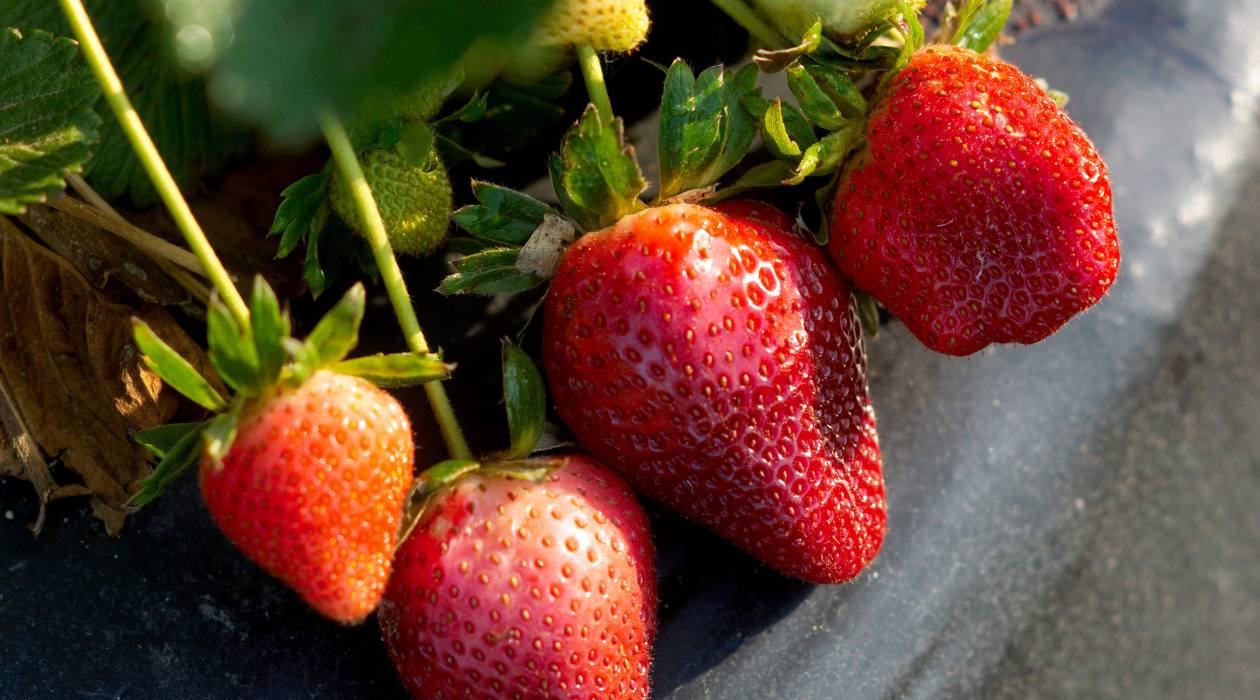

Articles
How To Store Strawberry Plants Over Winter
Modified: December 7, 2023
Learn effective strategies for storing strawberry plants over the winter in this informative article. Find expert advice and tips to ensure successful plant survival.
(Many of the links in this article redirect to a specific reviewed product. Your purchase of these products through affiliate links helps to generate commission for Storables.com, at no extra cost. Learn more)
Introduction
Winter can be a challenging time for strawberry plants. The cold temperatures and harsh weather conditions can take a toll on their health and survival. However, with proper care and preparation, you can successfully store your strawberry plants over winter and ensure their growth and productivity in the coming spring.
In this article, we will guide you through the process of storing strawberry plants over the winter months. We will cover the essential steps you need to take to protect your plants from the cold and keep them in optimal condition. Whether you choose to store your plants indoors or outdoors, these tips and techniques will help you maintain the health and vigor of your strawberry plants during the winter season.
Before we jump into the storage process, it’s important to note that not all strawberry varieties require winter storage. Some types, known as everbearing strawberries, are more cold-tolerant and can withstand winter conditions without special care. However, if you have June-bearing or day-neutral strawberries, which are more sensitive to frost and cold temperatures, storing them over winter is highly recommended.
Now let’s get started with the first step: preparing the strawberry plants for winter.
Key Takeaways:
- Proper preparation and choosing the right storage method are crucial for successfully storing strawberry plants over winter. Whether indoors or outdoors, attention to detail ensures healthy, vibrant plants come spring.
- From cleaning and trimming to gradual acclimation in spring, caring for stored strawberry plants requires diligence and care. The effort pays off with a bountiful harvest and healthy, thriving plants.
Read more: How To Store Bare Root Plants Over Winter
Step 1: Preparing the Strawberry Plants for Winter
Before you store your strawberry plants for the winter, it’s crucial to prepare them properly to ensure their health and vitality. Here are the essential tasks to undertake:
Cleaning and trimming the plants: Start by removing any debris, dead leaves, and weeds from around the base of the plants. This will prevent pests and diseases from finding a refuge during the winter months. Trim away any excess foliage, but be cautious not to remove too much as the leaves help provide some protection against cold temperatures.
Removing old or diseased leaves: Take the time to inspect each plant and remove any old, yellowing, or diseased leaves. These leaves can harbor pests and diseases that can easily spread to the rest of the plant during winter storage. By removing them, you’re giving your plants a fresh start for the dormant season.
Checking for pests: Examine your strawberry plants carefully for any signs of pests or insect infestations. Look for aphids, spider mites, or other common strawberry pests. If you spot any, consider using organic pesticides or insecticidal soaps to eliminate them before storing the plants. This will prevent the pests from overwintering and attacking your plants when they emerge in the spring.
Applying organic fertilizers: Providing your strawberry plants with a nutrient boost before winter can greatly benefit their overall health. Apply a slow-release organic fertilizer, such as compost or well-rotted manure, around the base of the plants. This will provide a steady supply of nutrients to the roots during the dormant period and promote strong growth when spring arrives.
By completing these tasks, you are setting a solid foundation for your strawberry plants as they prepare for their winter slumber. With the plants cleaned, trimmed, and fortified with nutrients, they will have a better chance of surviving the cold and emerging strong and healthy in the spring.
Step 2: Choosing the Right Storage Method
Once you have prepared your strawberry plants for winter, the next step is to determine the most suitable storage method based on your climate conditions and available resources. Here’s what you need to consider:
Evaluating the climate conditions: Assess the typical winter temperatures and weather patterns in your area. If you live in a region with mild winters, your strawberry plants may survive outdoors without extra protection. However, if you experience harsh freezing temperatures, heavy snowfall, or strong winds, you may need to consider indoor storage options to ensure the plants’ survival.
Selecting the appropriate storage option: Depending on your climate conditions, you have two main options for storing strawberry plants over winter: indoor storage or outdoor storage. Let’s explore each option:
- Indoor storage: This method involves bringing your strawberry plants indoors and providing them with the necessary conditions for dormancy. You can choose to store the plants in pots or containers, allowing you more control over the environment. Indoor storage is recommended for areas with severe winter conditions or limited outdoor space.
- Outdoor storage: If you live in a milder climate or have suitable outdoor conditions, you can store your strawberry plants directly in the ground. However, this method requires additional protective measures to shield the plants from frost, freezing, and other winter elements.
Considerations for outdoor versus indoor storage: When deciding between these two options, consider factors such as available space, resources, and your ability to monitor and care for the plants. Indoor storage offers more control and protection from the elements, but it requires adequate space, proper lighting, and regular attention. On the other hand, outdoor storage may be more practical if you have a garden or a designated area for the plants, but it requires careful monitoring and protection.
By carefully evaluating your climate conditions and weighing the pros and cons of indoor versus outdoor storage options, you can choose the most appropriate method to ensure the survival and well-being of your strawberry plants throughout the winter season.
Step 3: Storing Strawberry Plants Indoors
If you have chosen to store your strawberry plants indoors for the winter, it’s essential to create a conducive environment that mimics their natural dormancy period. Here are the steps to follow:
Preparing pots or containers: Select appropriately sized pots or containers with drainage holes to accommodate your strawberry plants. Fill the containers with a well-draining potting mix, enriched with organic matter or compost, to provide the plants with the necessary nutrients during their dormancy.
Transferring the plants indoors: Carefully dig up each strawberry plant, making sure to retain as much of the root system as possible. Gently place the plants in their designated pots or containers and adjust their position to ensure proper spacing. Avoid overcrowding, as this can lead to increased moisture retention and potential disease problems.
Adjusting watering and light conditions: Once your strawberry plants are indoors, adjust the watering schedule to match their reduced water needs during dormancy. Water the plants sparingly, allowing the soil to partially dry out between waterings. Additionally, provide adequate light to the plants by placing them near a sunny window or using grow lights. Aim for around 10-12 hours of indirect light per day.
Monitoring for pests and diseases: Even though your strawberry plants are indoors, they are not immune to pest infestations or diseases. Regularly inspect the plants for any signs of pests, such as aphids or spider mites, and treat them promptly with organic insecticides if necessary. Keep an eye out for any signs of fungal diseases, such as gray mold or powdery mildew, and take appropriate measures to prevent their spread.
By following these steps, you can provide your strawberry plants with a suitable indoor environment that supports their dormancy. Properly prepared pots, adjusted watering and light conditions, and vigilant monitoring for pests and diseases will help ensure the plants’ survival and prepare them for a healthy and productive spring.
Tip: Before storing strawberry plants over winter, trim the foliage to about 1 inch above the crown and remove any dead or diseased leaves. Then, cover the plants with a thick layer of mulch to protect them from freezing temperatures.
Step 4: Storing Strawberry Plants Outdoors
If you have chosen to store your strawberry plants outdoors for the winter, proper preparation and protection are key to their survival. Follow these steps to ensure the best chances for your plants:
Preparing the planting area: Clear the planting area of any weeds, debris, or other unwanted materials. Ensure that the soil is well-draining and free from any compacted areas. It’s also a good idea to amend the soil with compost or organic matter to provide additional nutrients.
Covering the plants with mulch or straw: Once your planting area is ready, cover the strawberry plants with a thick layer of organic mulch or straw. This protective layer will insulate the plants and help maintain a more stable soil temperature during the winter months. Mulch also acts as a barrier against weed growth and helps retain moisture.
Building a protective barrier: In regions with especially harsh winters or where snow accumulation is common, it’s essential to create a physical barrier around your strawberry plants. Use stakes or a framework to construct a protective barrier, and then cover it tightly with burlap or a frost blanket. This will shield the plants from strong winds, heavy snowfall, and extreme cold temperatures.
Monitoring the plants throughout the winter: While your strawberry plants are in outdoor storage, it’s important to keep an eye on them throughout the winter. Regularly check the mulch or straw layer to ensure it hasn’t blown away or thinned out. Monitor the soil moisture levels as well, making sure it doesn’t become too dry or waterlogged. If any issues or damage arise, take immediate action to address them.
By properly preparing the planting area, providing a thick layer of mulch, building a protective barrier, and monitoring your strawberry plants throughout the winter, you can increase their chances of survival. While outdoor storage requires more precautions, it can be a suitable option for regions with mild to moderate winter conditions, allowing your plants to experience a more natural dormant period.
Read more: How To Store Cannas Over Winter
Step 5: Spring Care for Stored Strawberry Plants
As winter comes to an end and the weather begins to warm up, it’s time to provide your stored strawberry plants with the care they need to thrive in the new growing season. Follow these steps to ensure their successful transition:
Gradual acclimation to outdoor conditions: Before exposing your strawberry plants to full sunlight and outdoor temperatures, it’s important to acclimate them gradually. Start by placing the pots or containers in a sheltered area outside for a few hours each day, gradually increasing the duration over a period of one to two weeks. This will help the plants adjust to the outdoor conditions without going into shock.
Removing protective coverings: If you had built a protective barrier or covered your plants with mulch or straw for the winter, it’s time to remove them. Gently remove the coverings, being careful not to disturb the plants or their roots. This will allow the plants to receive ample sunlight and fresh air, stimulating their growth.
Pruning and revitalizing the plants: Inspect your strawberry plants for any dead or damaged foliage and remove it with clean pruning shears. Prune away any runners that have emerged during the winter storage period, as these can divert energy from fruit production. Additionally, consider feeding your plants with a balanced organic fertilizer to provide them with the necessary nutrients for robust growth.
Resuming regular watering and fertilizing: Once your plants have been acclimated and revitalized, it’s time to establish a regular watering and fertilizing routine. Water the plants deeply, ensuring that the soil is consistently moist but not waterlogged. Resume regular fertilization using a balanced, organic fertilizer according to the instructions on the packaging. This will promote healthy growth and maximize fruit production.
By following these steps, you can ensure that your stored strawberry plants make a smooth transition from winter storage to the active growing season. Gradual acclimation, removing protective coverings, pruning, and providing adequate water and nutrients will contribute to their overall health and productivity.
Conclusion
Storing strawberry plants over winter is a crucial step in ensuring their survival and productivity for the upcoming growing season. By following the steps outlined in this article, you can successfully care for your strawberry plants during the dormant period and set them up for a successful spring.
It all begins with proper preparation, including cleaning and trimming the plants, removing old or diseased leaves, checking for pests, and applying organic fertilizers. These steps help create a clean and healthy environment for the plants to enter their dormant phase.
Choosing the right storage method is equally important. By evaluating the climate conditions and selecting between indoor and outdoor storage, you can provide the optimal environment for your strawberry plants to withstand the winter weather.
If you opt for indoor storage, be sure to prepare pots or containers, transfer the plants indoors, adjust the watering and light conditions, and diligently monitor for pests and diseases. By replicating the necessary dormancy conditions indoors, your plants can safely rest and conserve energy for the warmer months.
For outdoor storage, proper preparation of the planting area, covering the plants with mulch or straw, building a protective barrier, and regular monitoring are essential. These steps ensure that your plants remain well-insulated and protected from harsh winter elements.
Once spring arrives, it’s important to gradually acclimate your plants to outdoor conditions, remove any protective coverings, prune and revitalize the plants, and resume regular watering and fertilizing. These actions will help your plants transition smoothly into the growing season and promote healthy growth and bountiful fruit production.
Remember, each step of the storage process requires attention and care, but the effort is well worth it. By properly storing your strawberry plants over winter, you are giving them the best chance for survival and ensuring a fruitful harvest in the months to come.
So, take the time to prepare, choose the right storage method, and provide the necessary care throughout the winter. Your efforts will be rewarded with vibrant, healthy strawberry plants that will provide you with a delicious harvest in the spring. Happy gardening!
Frequently Asked Questions about How To Store Strawberry Plants Over Winter
Was this page helpful?
At Storables.com, we guarantee accurate and reliable information. Our content, validated by Expert Board Contributors, is crafted following stringent Editorial Policies. We're committed to providing you with well-researched, expert-backed insights for all your informational needs.
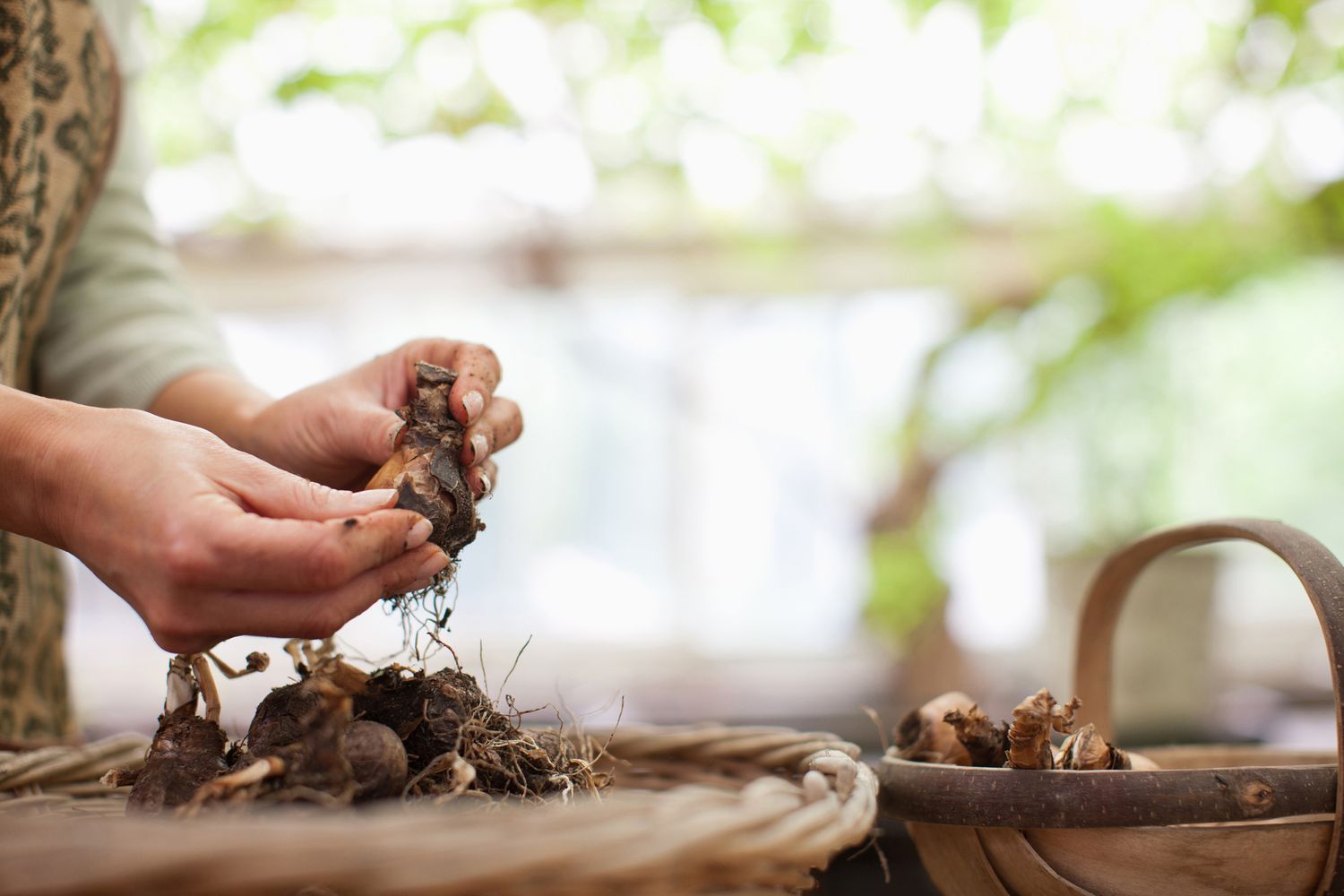
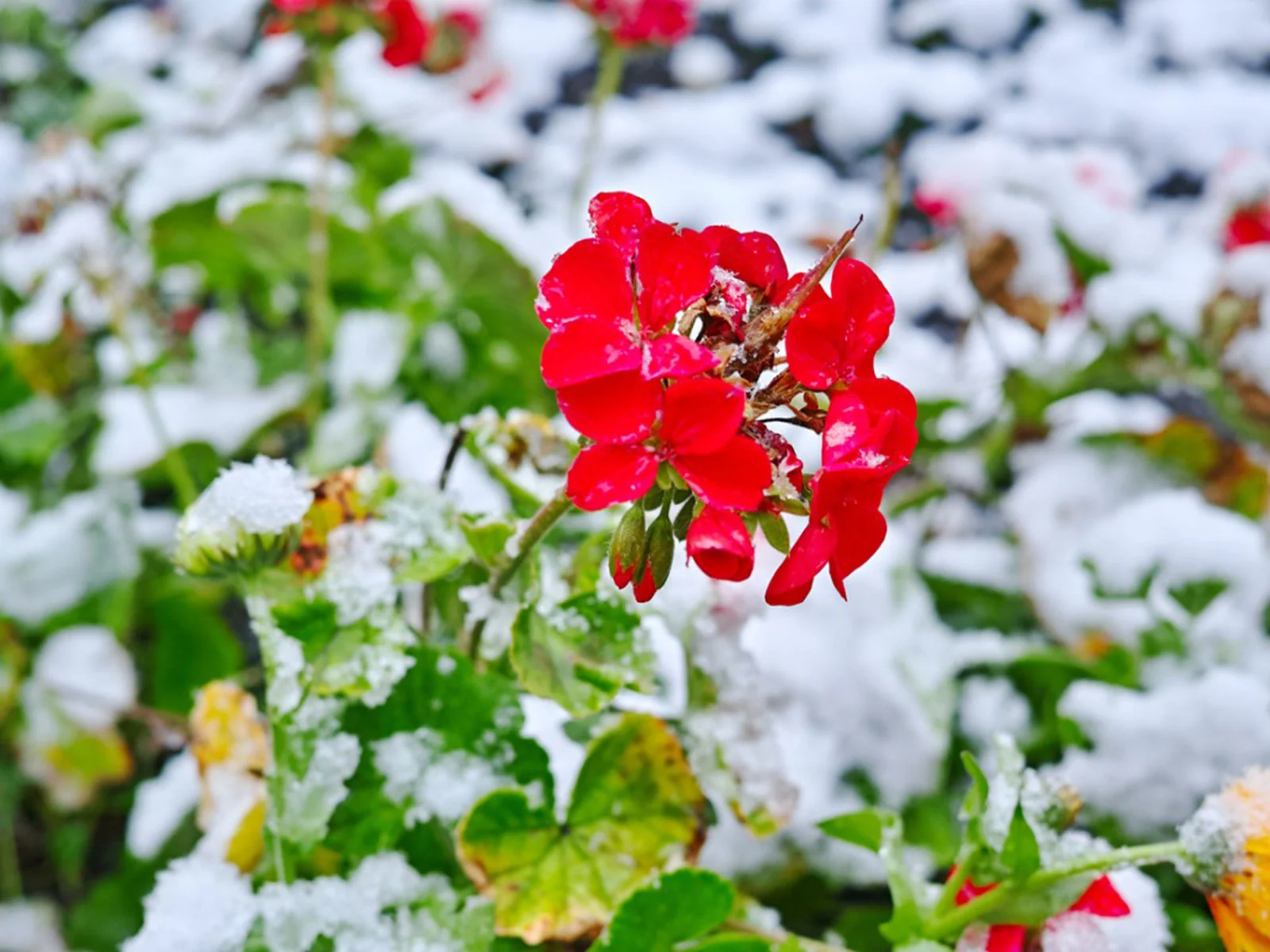

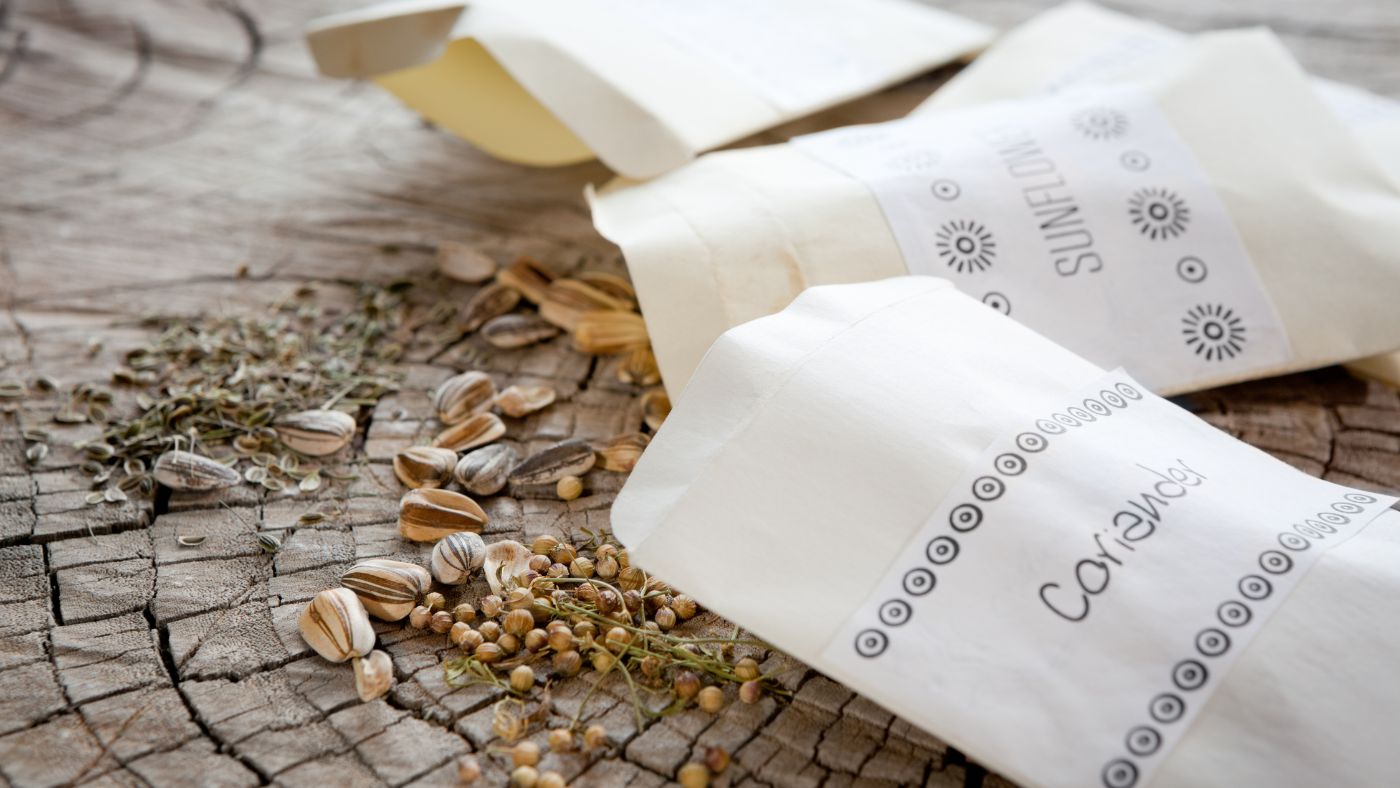
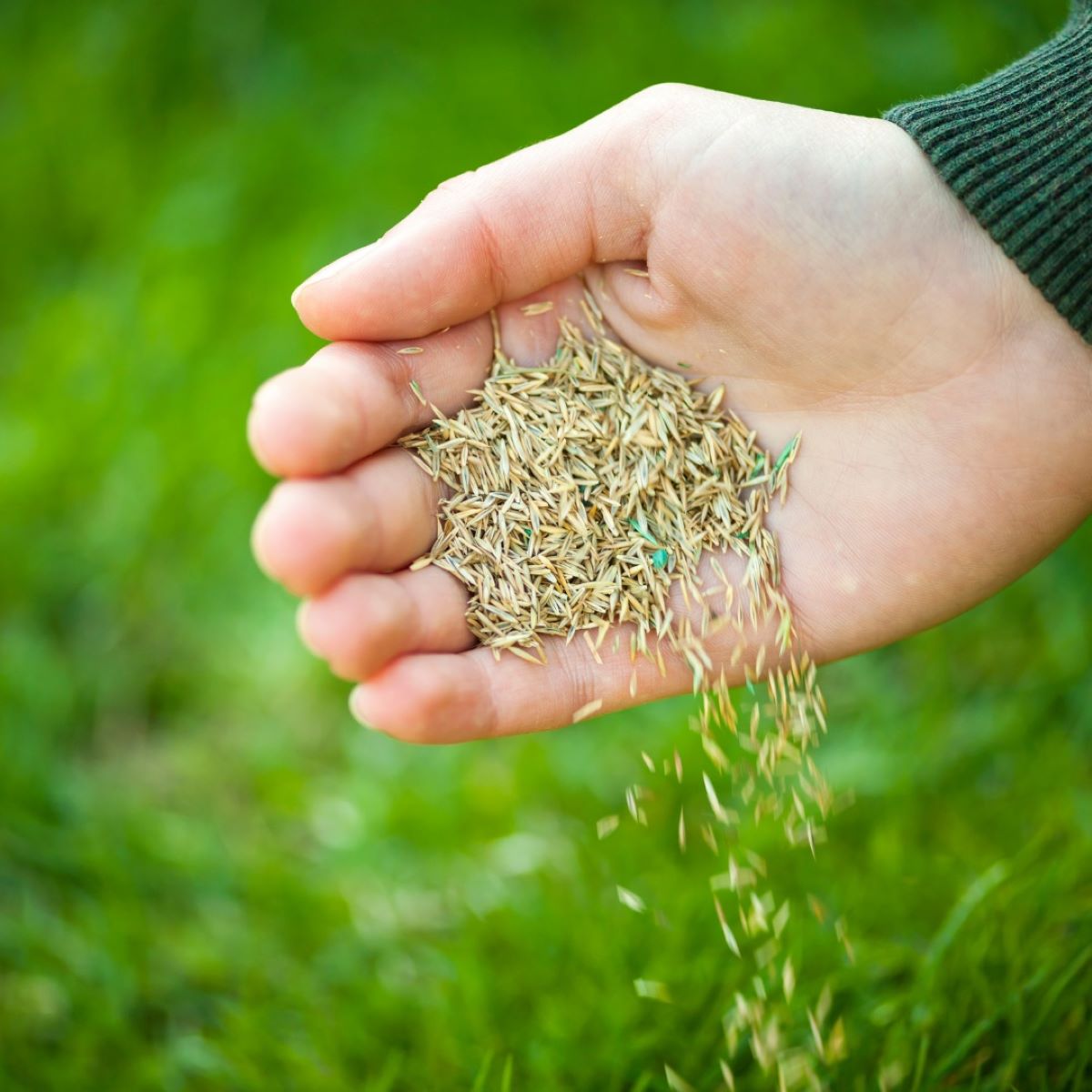

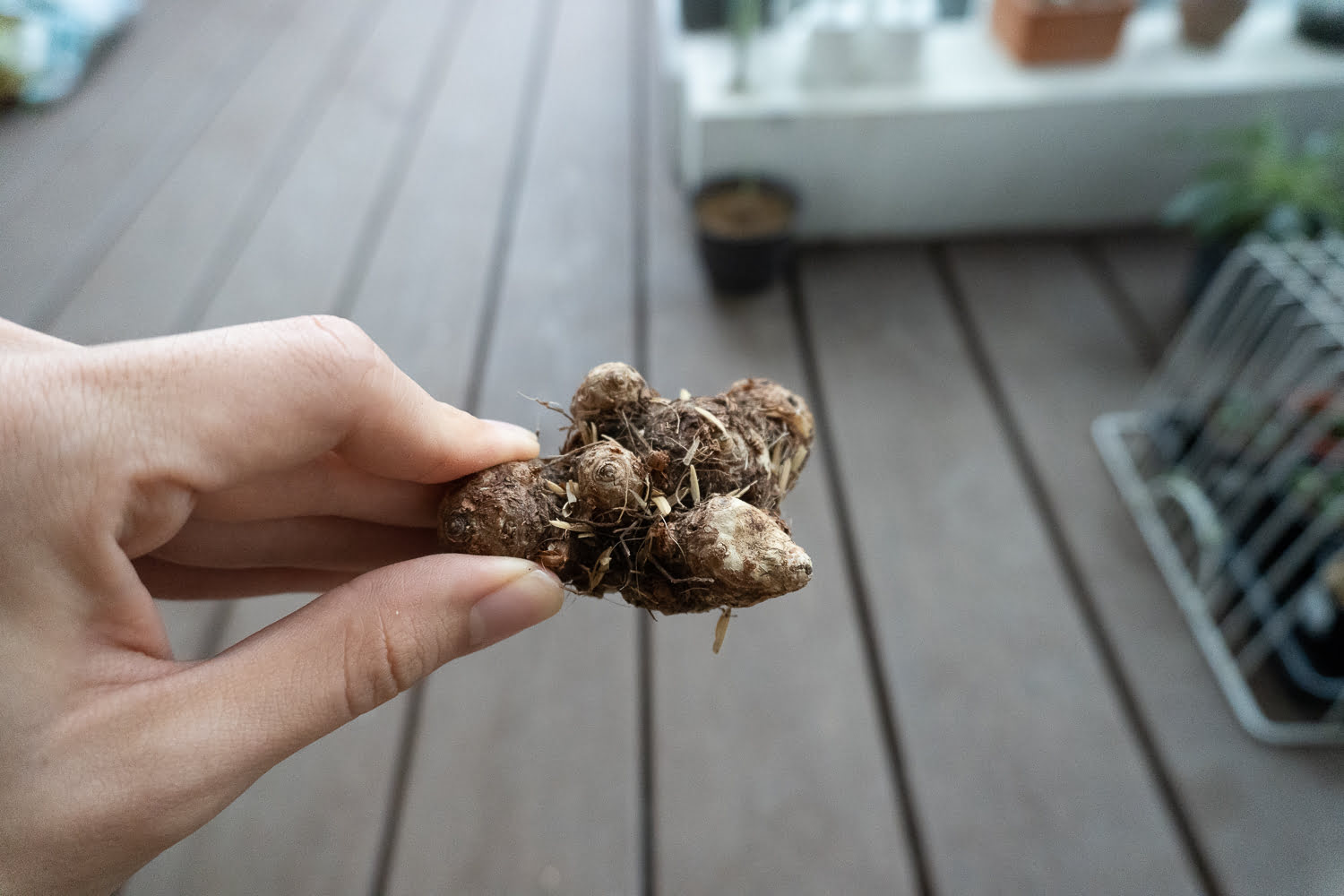
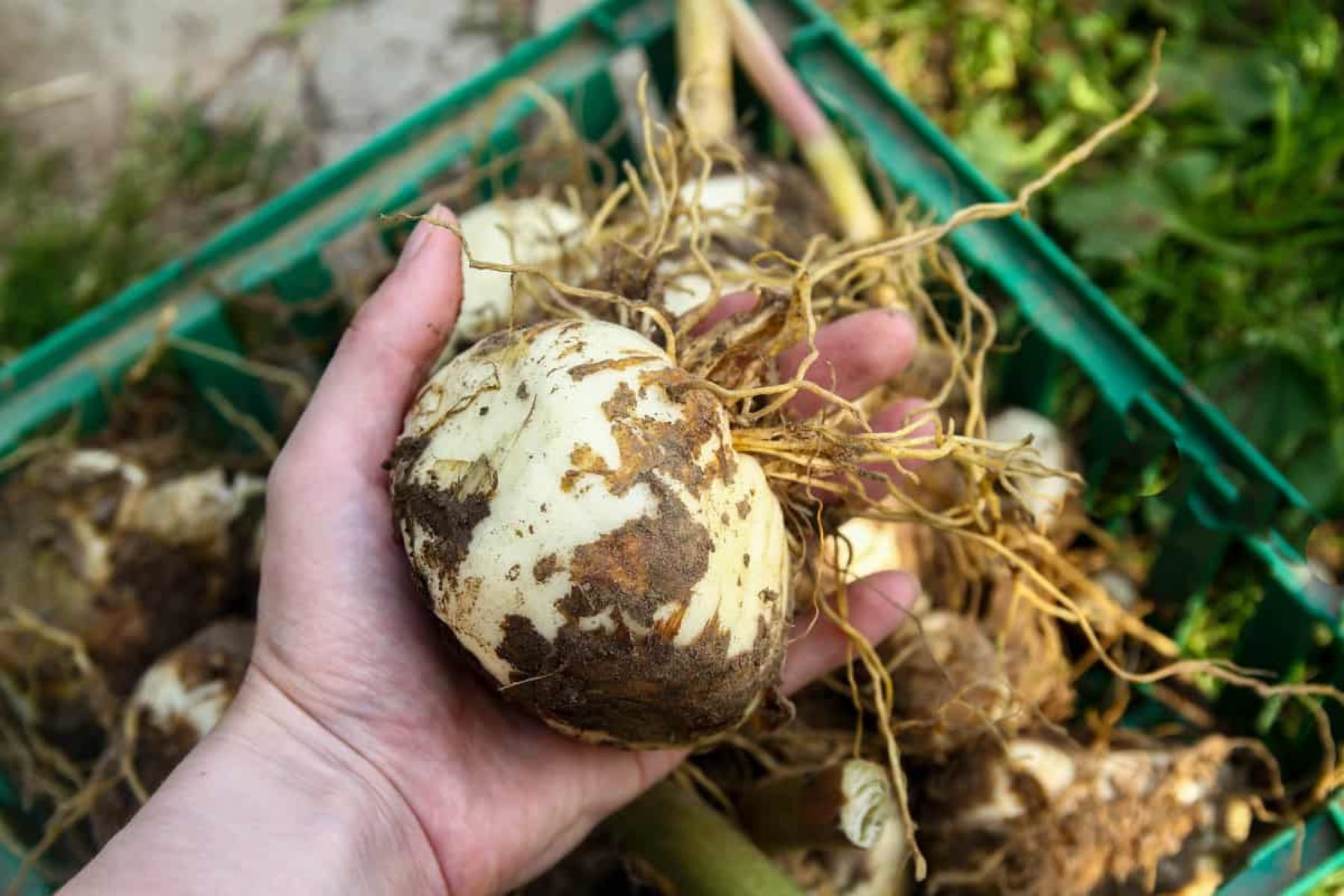
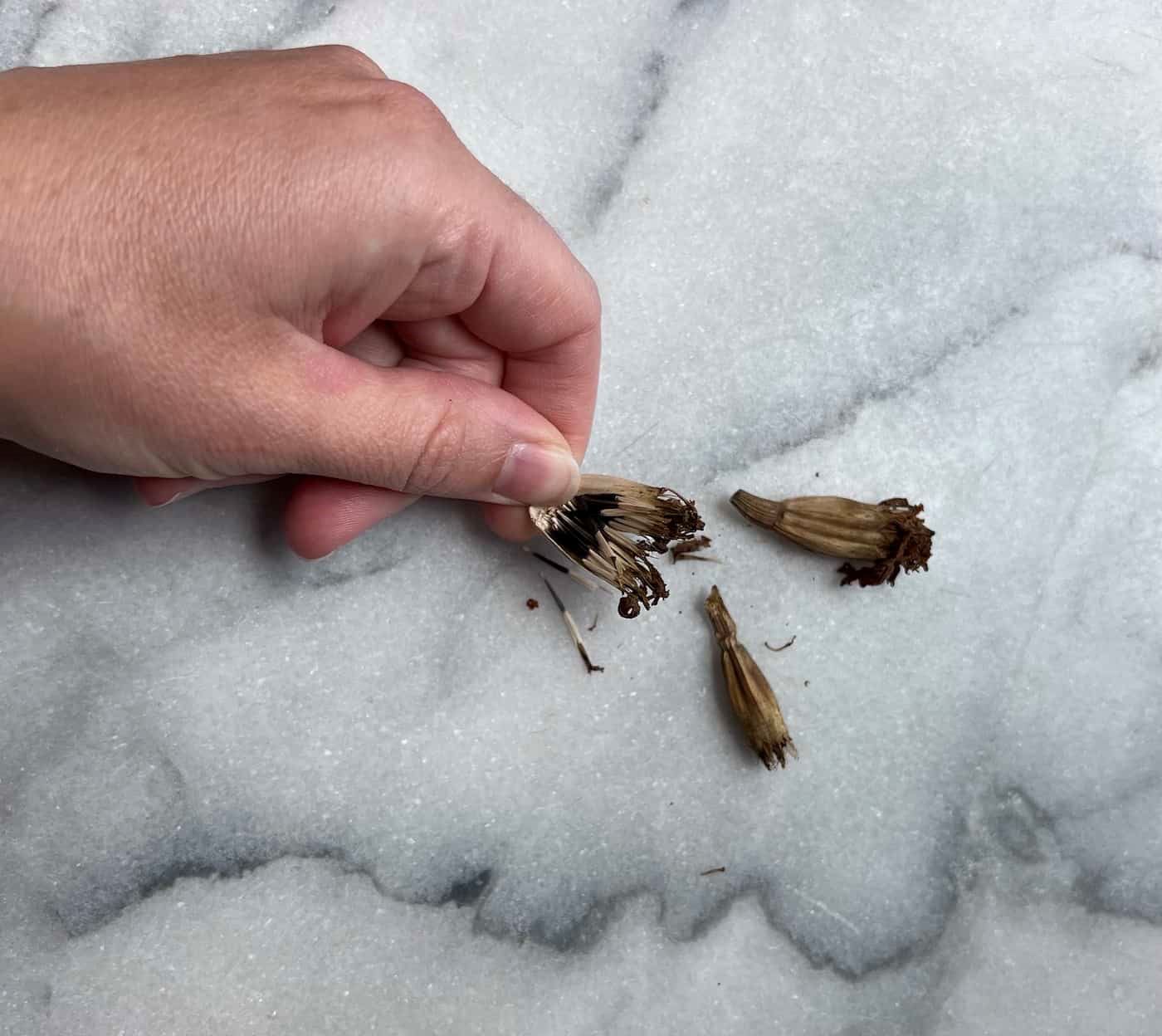
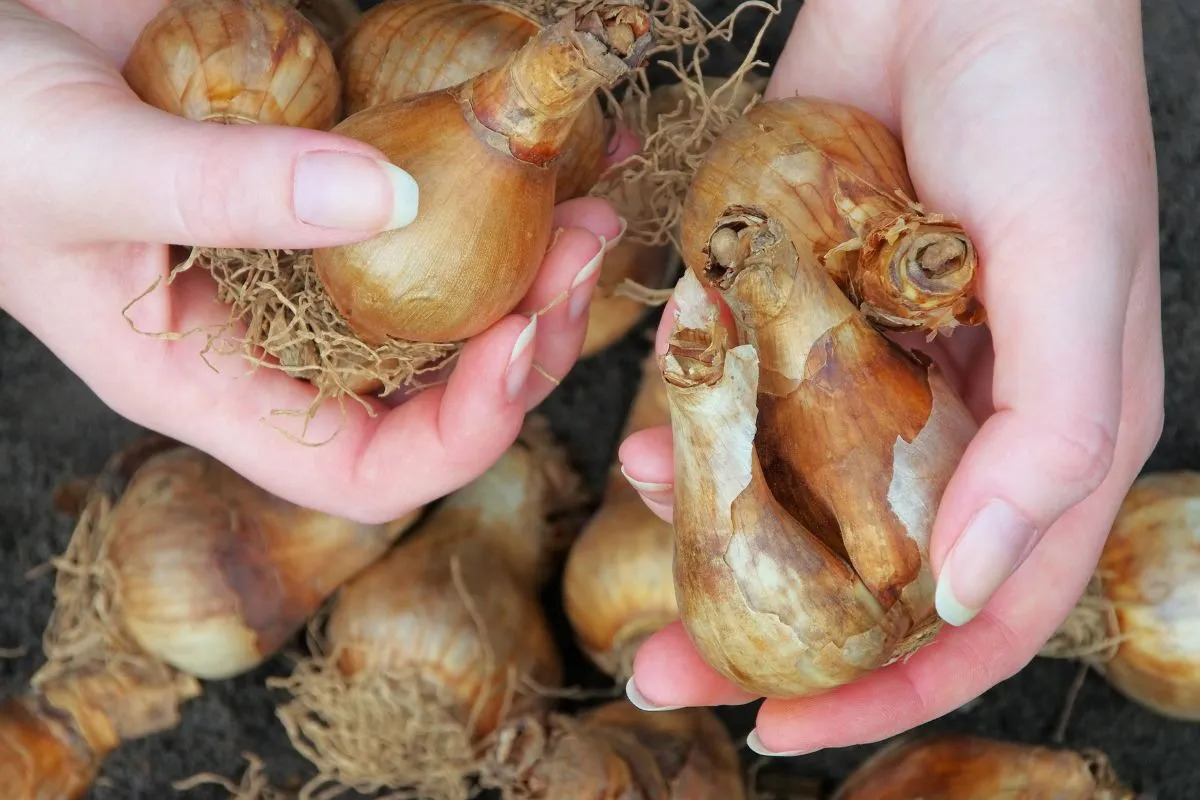
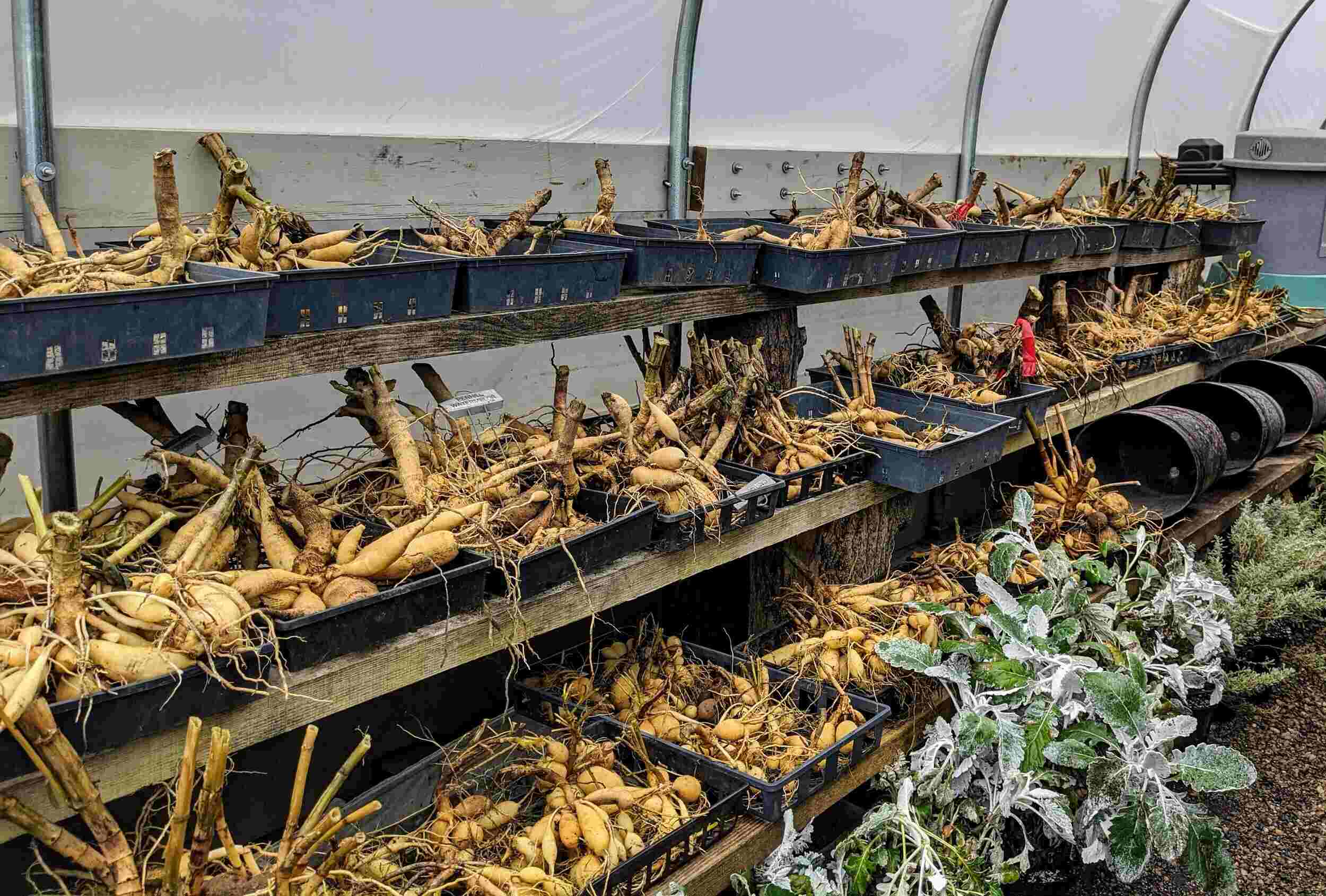
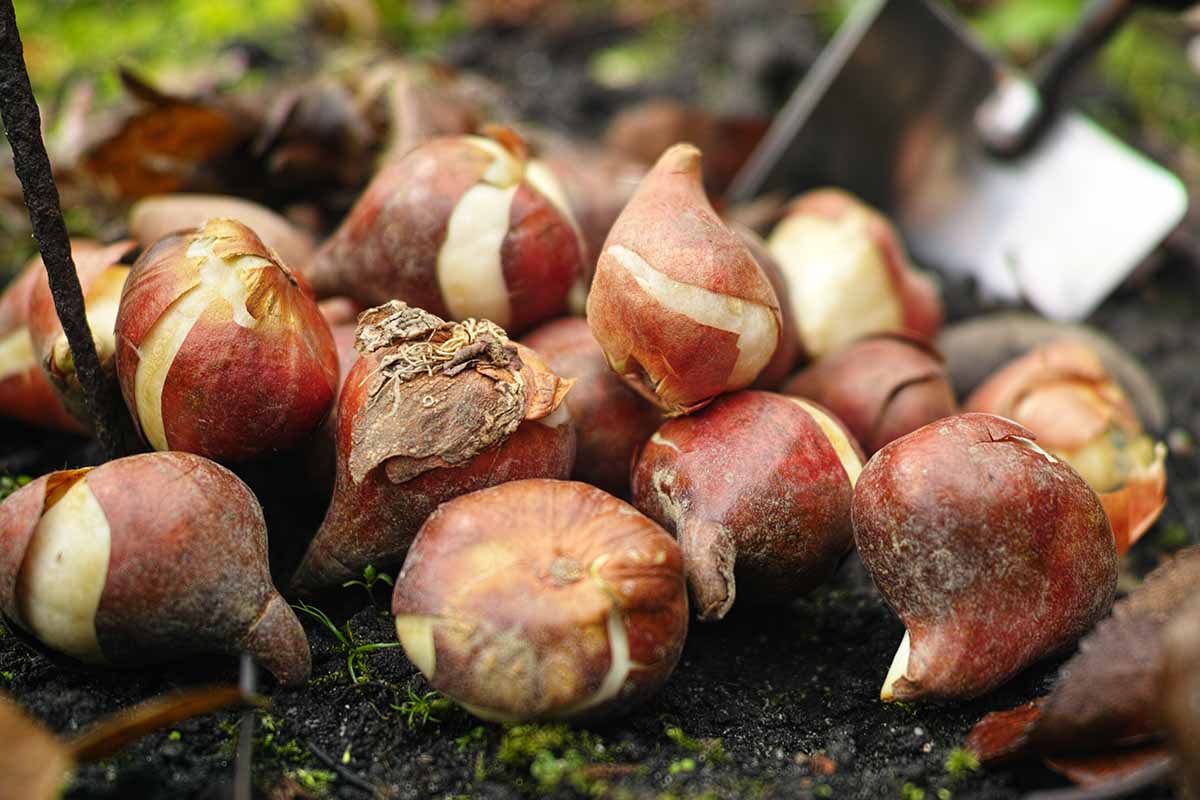
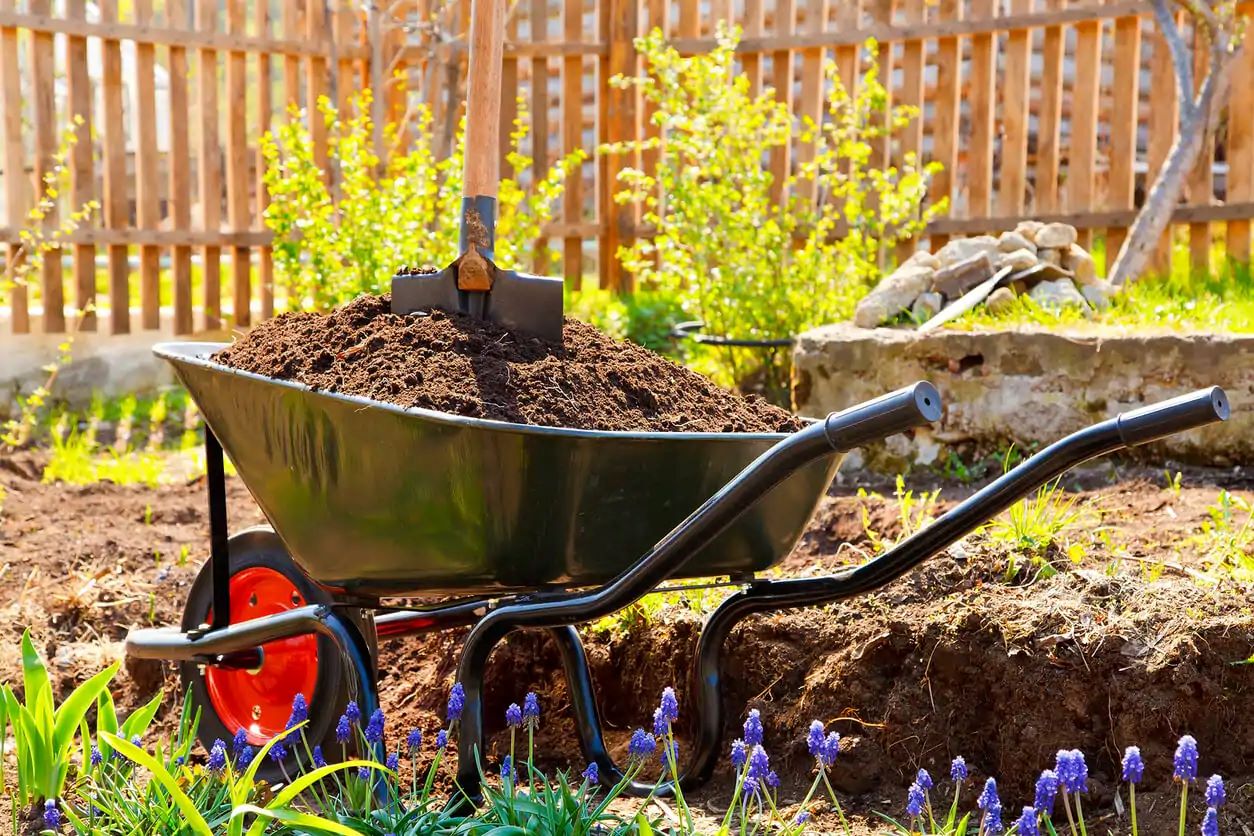


0 thoughts on “How To Store Strawberry Plants Over Winter”